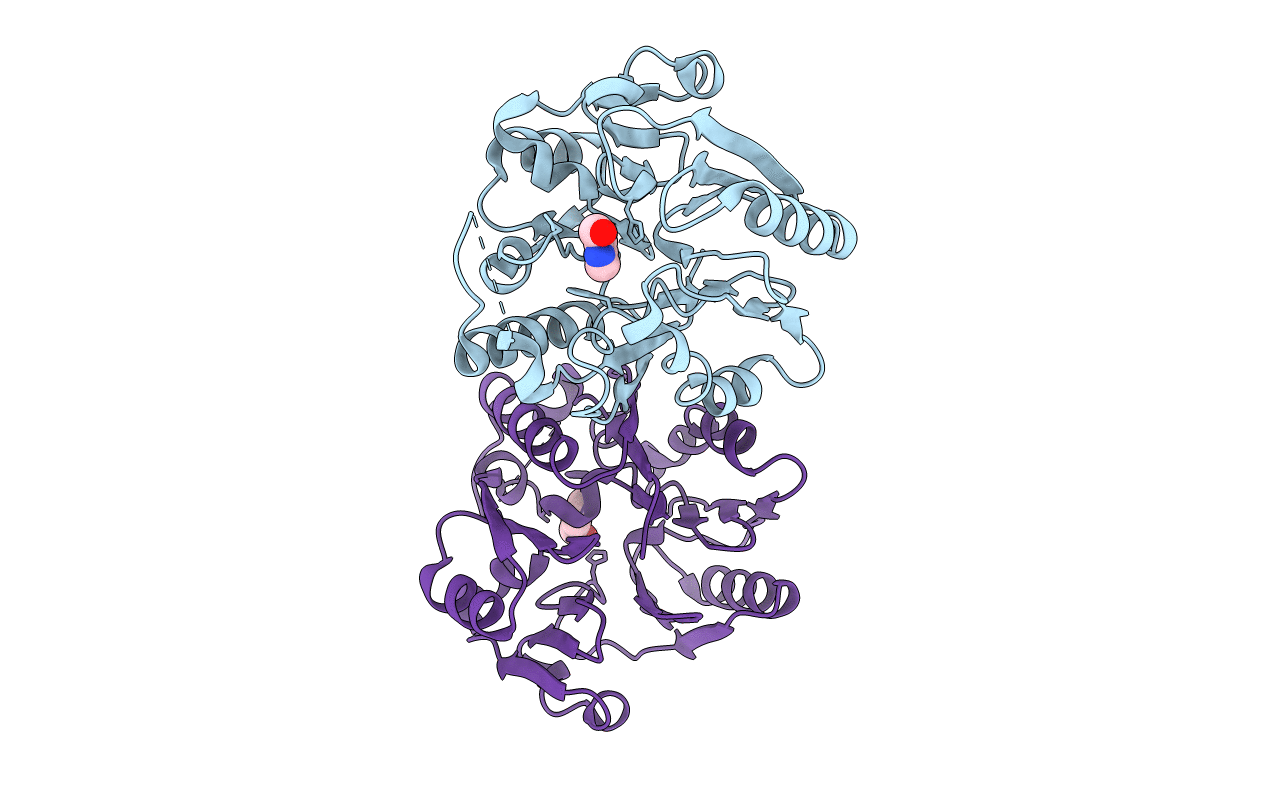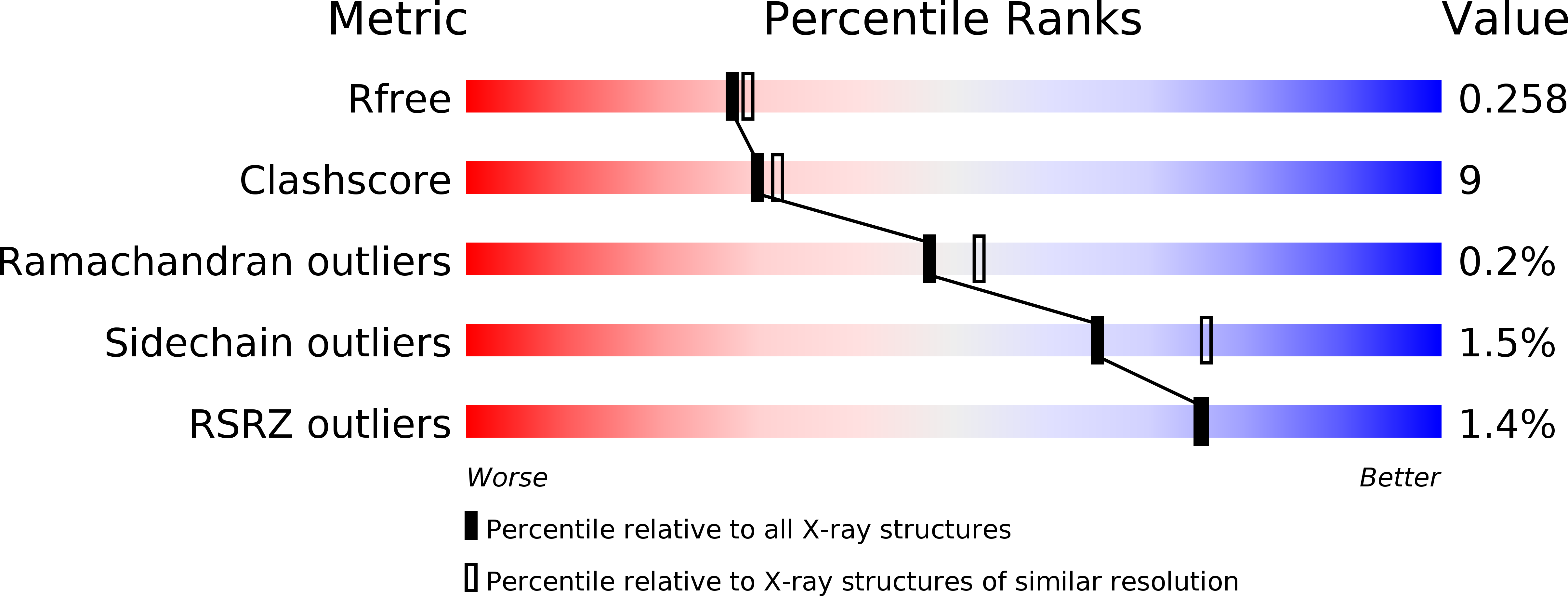
Deposition Date
2011-04-12
Release Date
2011-06-15
Last Version Date
2024-11-20
Entry Detail
PDB ID:
3RHY
Keywords:
Title:
Crystal structure of the dimethylarginine dimethylaminohydrolase adduct with 4-chloro-2-hydroxymethylpyridine
Biological Source:
Source Organism:
Pseudomonas aeruginosa (Taxon ID: 287)
Host Organism:
Method Details:
Experimental Method:
Resolution:
2.18 Å
R-Value Free:
0.26
R-Value Work:
0.20
Space Group:
P 21 21 21


